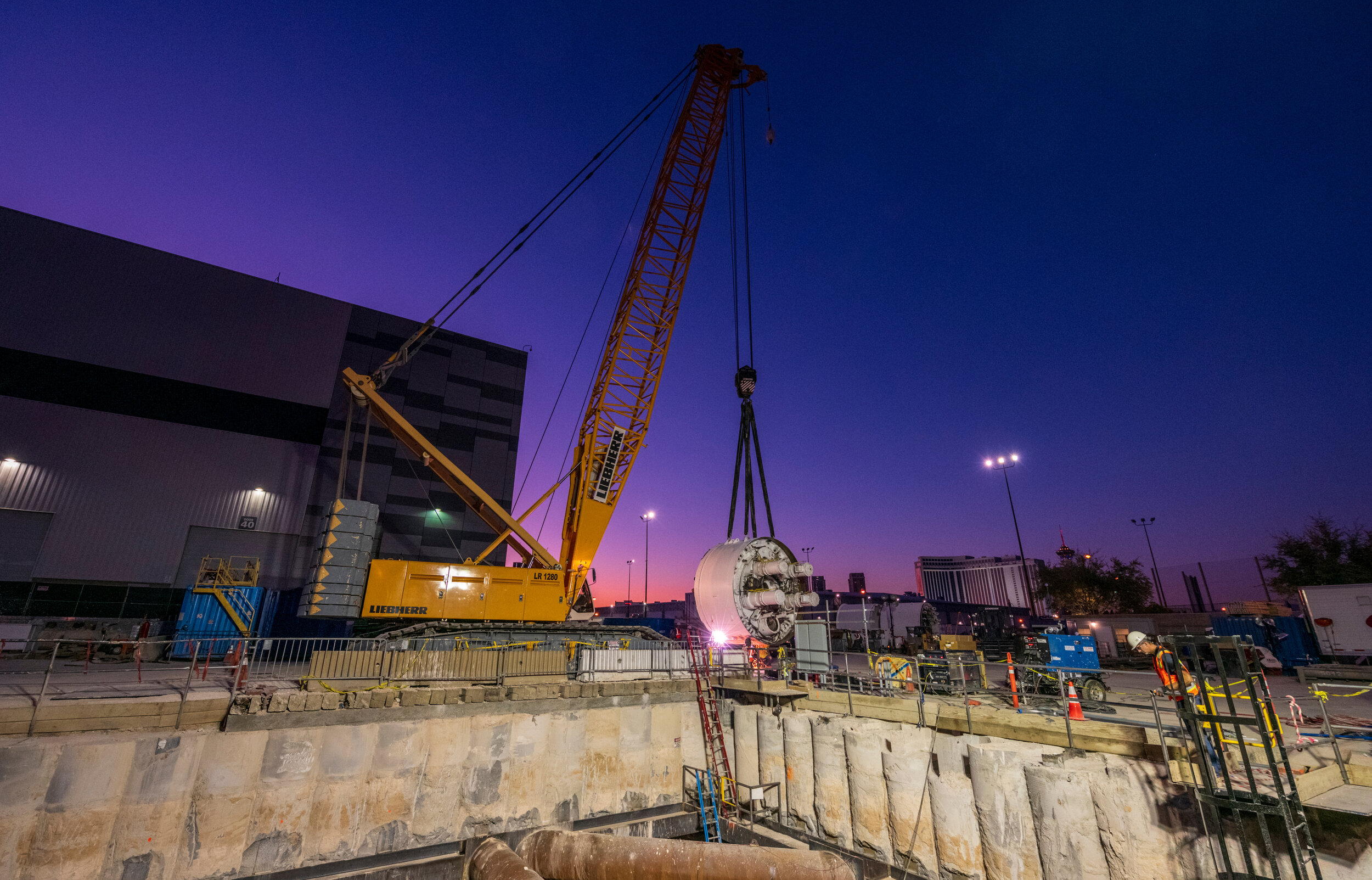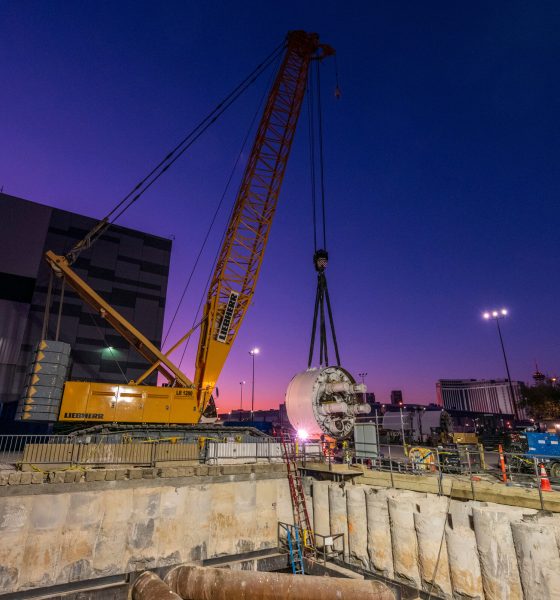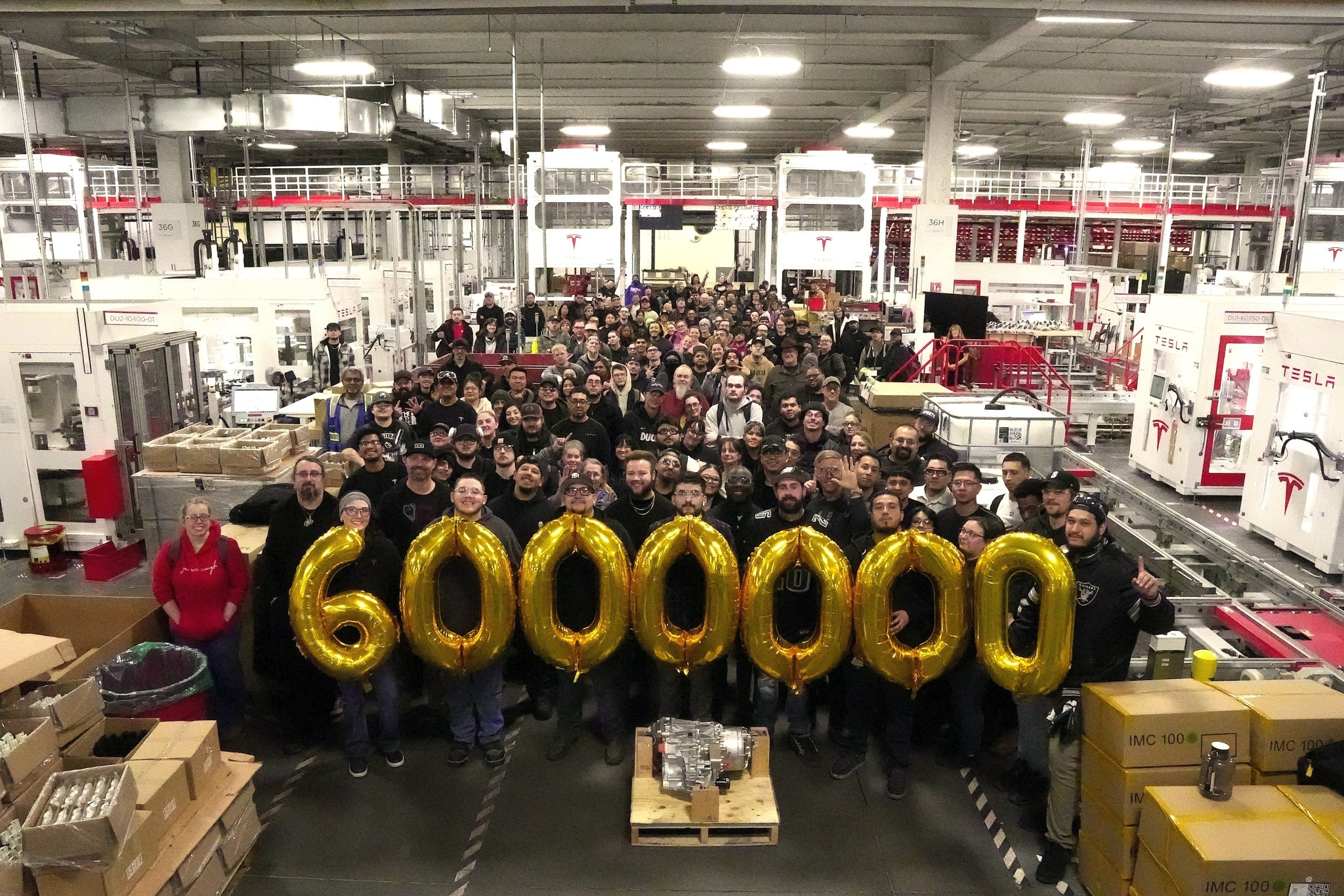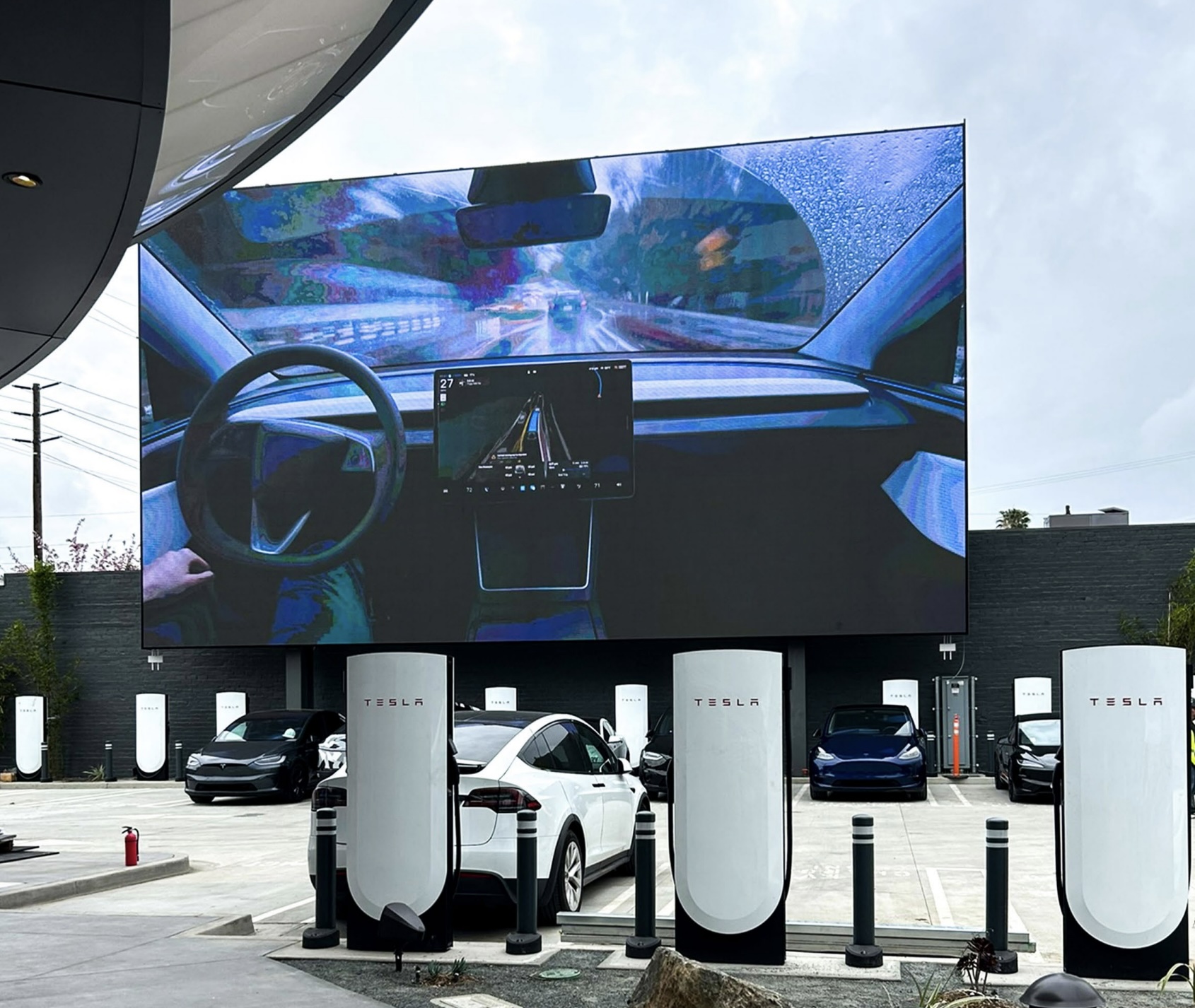

News
The Boring Company’s updated projects page no longer lists D.C.-Baltimore tunnel
The Boring Company’s updates to its official website have removed references to some of the tunneling startup’s announced projects, such as the D.C.-Baltimore tunnel and the Dugout Loop in Los Angeles. In the case of the D.C.-Baltimore project, a spokesperson from the Federal Highway Administration has stated that The Boring Company has not given the agency any indications that it intends to move forward with the project.
The D.C.-Baltimore tunnels were first outlined in 2017, and it even received some notable support from Maryland Gov. Larry Hogan. A conditional permit for the initiative was later granted by state officials. The state also aided The Boring Company in submitting a draft environmental assessment to the highway administration, which was released in 2019. Elon Musk, for his part, noted on Twitter that The Boring Company has received verbal government approval for an “underground NY-Phil-Balt-DC Hyperloop” that would allow travel from N.Y. to D.C. in 29 minutes.
In a statement to The Washington Post, Doug Hecox, a spokesperson for the highway administration, said that the agency has not taken any actions about the tunnels “because we haven’t gotten any indication from the company that they are interested in moving forward with the project.” Hecox also highlighted that at this point, the decision about whether the project would move forward, or any timetable for that matter, lies with the Boring Company.
Before its website’s recent update, The Boring Company listed the D.C.-Baltimore tunnel’s status as “In environmental review and permitting.” The same was true for the Dugout Loop, a project in Los Angeles aimed at transporting baseball fans and concertgoers from the Los Feliz, East Hollywood, or Rampart Village areas to the Dodger Stadium. Following its website’s recent update, The Boring Company only included projects that have been completed or are currently in construction, such as the LVCC Loop and the Vegas Loop.
The Boring Company has not shared the reasons behind the removal of the D.C.-Baltimore tunnel from its official website. Though considering the tunneling startup’s focus on refining its mass transportation technologies in the LVCC Loop for now, the removal of the D.C.-Baltimore project makes sense. The project would likely involve about 220 miles of tunnels, after all, and it is also designed to deploy Hyperloop technology. To achieve Elon Musk’s 29-minute New York to Washington, D.C. estimate, the Hyperloop pods would have to travel about 450 mph.
But as noted by Maryland Stadium Authority director Michael Frenz, the absence of updates about The Boring Company’s D.C.-Baltimore tunnel does not mean that the project would not be moving forward in the future. “I didn’t think it was necessarily something that was going to happen right away,” he said. Perhaps with more experience and a more mature mass transportation system, The Boring Company could start revisiting more ambitious projects like the D.C.-Baltimore tunnel.
Do you have anything to share with the Teslarati Team? We’d love to hear from you, email us at tips@teslarati.com or reach out to me at maria@teslarati.com.

Elon Musk
Starlink achieves major milestones in 2025 progress report
Starlink wrapped up 2025 with impressive growth, adding more than 4.6 million new active customers and expanding service to 35 additional countries, territories, and markets.

Starlink wrapped up 2025 with impressive growth, adding more than 4.6 million new active customers and expanding service to 35 additional countries, territories, and markets. The company also completed deployment of its first-generation Direct to Cell constellation, launching over 650 satellites in just 18 months to enable cellular connectivity.
SpaceX highlighted Starlink’s impressive 2025 progress in an extensive report.
Key achievements from Starlink’s 2025 Progress
Starlink connected over 4.6 million new customers with high-speed internet while bringing service to 35 more regions worldwide in 2025. Starlink is now connecting 9.2 million people worldwide. The service achieved this just weeks after hitting its 8 million customer milestone.
Starlink is now available in 155 markets, including areas that are unreachable by traditional ISPs. As per SpaceX, Starlink has also provided over 21 million airline passengers and 20 million cruise passengers with reliable high-speed internet connectivity during their travels.
Starlink Direct to Cell
Starlink’s Direct to Cell constellation, more than 650 satellites strong, has already connected over 12 million people at least once, marking a breakthrough in global mobile coverage.
Starlink Direct to Cell is currently rolled out to 22 countries and 6 continents, with over 6 million monthly customers. Starlink Direct to Cell also has 27 MNO partners to date.
“This year, SpaceX completed deployment of the first generation of the Starlink Direct to Cell constellation, with more than 650 satellites launched to low-Earth orbit in just 18 months. Starlink Direct to Cell has connected more than 12 million people, and counting, at least once, providing life-saving connectivity when people need it most,” SpaceX wrote.
News
Tesla Giga Nevada celebrates production of 6 millionth drive unit
To celebrate the milestone, the Giga Nevada team gathered for a celebratory group photo.

Tesla’s Giga Nevada has reached an impressive milestone, producing its 6 millionth drive unit as 2925 came to a close.
To celebrate the milestone, the Giga Nevada team gathered for a celebratory group photo.
6 million drive units
The achievement was shared by the official Tesla Manufacturing account on social media platform X. “Congratulations to the Giga Nevada team for producing their 6 millionth Drive Unit!” Tesla wrote.
The photo showed numerous factory workers assembled on the production floor, proudly holding golden balloons that spelled out “6000000″ in front of drive unit assembly stations. Elon Musk gave credit to the Giga Nevada team, writing, “Congrats on 6M drive units!” in a post on X.
Giga Nevada’s essential role
Giga Nevada produces drive units, battery packs, and energy products. The facility has been a cornerstone of Tesla’s scaling since opening, and it was the crucial facility that ultimately enabled Tesla to ramp the Model 3 and Model Y. Even today, it serves as Tesla’s core hub for battery and drivetrain components for vehicles that are produced in the United States.
Giga Nevada is expected to support Tesla’s ambitious 2026 targets, including the launch of vehicles like the Tesla Semi and the Cybercab. Tesla will have a very busy 2026, and based on Giga Nevada’s activities so far, it appears that the facility will be equally busy as well.
News
Tesla Supercharger network delivers record 6.7 TWh in 2025
The network now exceeds 75,000 stalls globally, and it supports even non-Tesla vehicles across several key markets.

Tesla’s Supercharger Network had its biggest year ever in 2025, delivering a record 6.7 TWh of electricity to vehicles worldwide.
To celebrate its busy year, the official @TeslaCharging account shared an infographic showing the Supercharger Network’s growth from near-zero in 2012 to this year’s impressive milestone.
Record 6.7 TWh delivered in 2025
The bar chart shows steady Supercharger energy delivery increases since 2012. Based on the graphic, the Supercharger Network started small in the mid-2010s and accelerated sharply after 2019, when the Model 3 was going mainstream.
Each year from 2020 onward showed significantly more energy delivery, with 2025’s four quarters combining for the highest total yet at 6.7 TWh.
This energy powered millions of charging sessions across Tesla’s growing fleet of vehicles worldwide. The network now exceeds 75,000 stalls globally, and it supports even non-Tesla vehicles across several key markets. This makes the Supercharger Network loved not just by Tesla owners but EV drivers as a whole.
Resilience after Supercharger team changes
2025’s record energy delivery comes despite earlier 2024 layoffs on the Supercharger team, which sparked concerns about the system’s expansion pace. Max de Zegher, Tesla Director of Charging North America, also highlighted that “Outside China, Superchargers delivered more energy than all other fast chargers combined.”
Longtime Tesla owner and FSD tester Whole Mars Catalog noted the achievement as proof of continued momentum post-layoffs. At the time of the Supercharger team’s layoffs in 2024, numerous critics were claiming that Elon Musk was halting the network’s expansion altogether, and that the team only remained because the adults in the room convinced the juvenile CEO to relent.
Such a scenario, at least based on the graphic posted by the Tesla Charging team on X, seems highly implausible.








